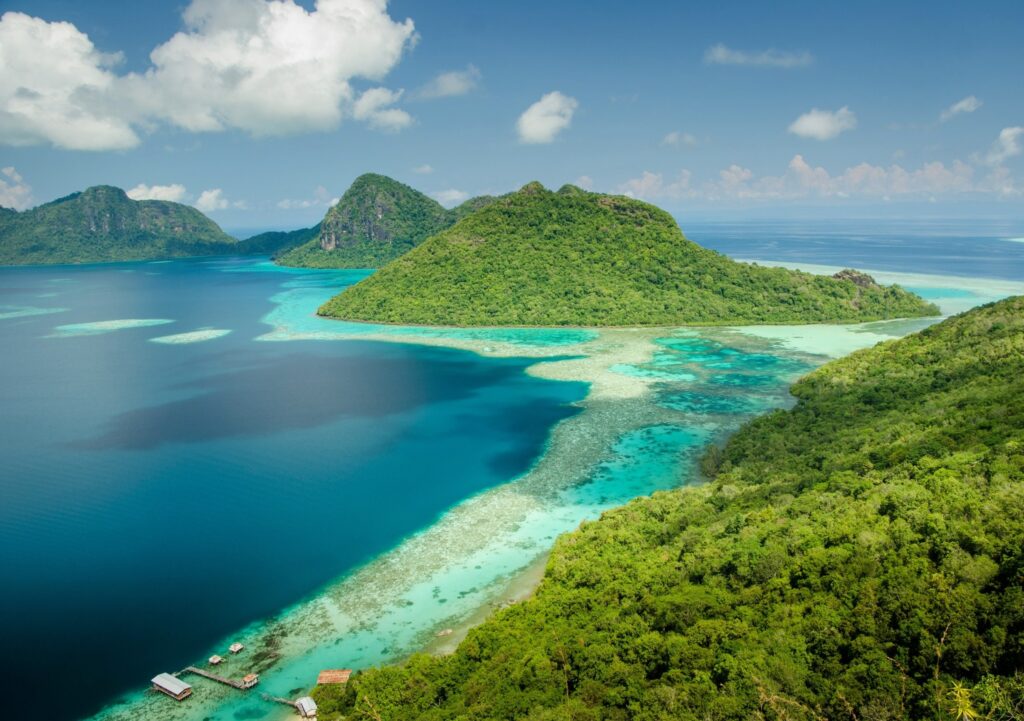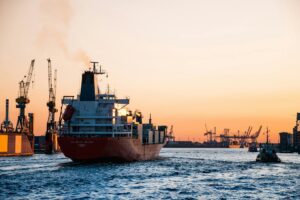
Volcanic islands, such as those in Hawaii and the Caribbean, are often fringed by coral reefs—ring-shaped structures that closely follow the shoreline. These reefs are not continuous; they contain natural gaps known as reef passes, which serve as channels connecting the sheltered lagoon with the open ocean. Water and nutrients move through these gaps, keeping the ecosystem alive and balanced. Reef passes are critical for circulation, helping flush out freshwater and bring in nutrients that coral reefs rely on to survive.
Until now, the formation of these reef passes remained a mystery. However, researchers from MIT and the Woods Hole Oceanographic Institution have uncovered a surprising connection. Their study reveals that island rivers are not mere bystanders but play a crucial role in carving these passages through the coral itself.
Rivers Offer Benefits for Reefs
Megan Gillen, the study’s lead author and a graduate student in the MIT-WHOI Joint Program in Oceanography, highlights a shift in perspective. “A lot of discussion around rivers and their impact on reefs today has been negative because of human impact and the effects of agricultural practices,” said Gillen. “This study shows the potential long-term benefits rivers can have on reefs, which I hope reshapes the paradigm and highlights the natural state of rivers interacting with reefs.”
Observing Coral Reefs from Space
The research team focused on the Society Islands, a group of volcanic islands in the South Pacific that includes Tahiti and Bora Bora. With fieldwork off the table during the pandemic, the researchers turned to satellite imagery. Scanning the islands on Google Earth, they noticed something intriguing.
“The islands in this chain have these iconic, beautiful reefs, and we kept noticing these reef passes that seemed to align with deeply embayed portions of the coastline,” noted Gillen. “We started asking ourselves, is there a correlation here?”
The Mystery of Reef Passes
From above, the coral reefs appeared as cracked rings. The breaks—reef passes—seemed to align with old river valleys that cut deep into the coastline. These depressions are where rivers drain out to the sea. Gillen began to wonder: are the rivers responsible for these coral gaps?
“People have examined the flow through reef passes to understand how ocean waves and seawater circulate in and out of lagoons, but there have been no claims of how these passes are formed,” said Gillen. “Reef pass formation has been mentioned infrequently in the literature, and people haven’t explored it in depth.”
Big Rivers Form the Reef Passes
To test their hypothesis, the team used radar data from NASA’s Shuttle Radar Topography Mission, which mapped about 80% of the Earth’s surface back in 1999. Using this topographic data, the researchers traced out the island river basins and pinpointed every reef pass on the surrounding coral reefs. They then “unwrapped” the islands and their reefs into straight lines to facilitate direct comparison. The pattern was clear.
“Looking at the unwrapped shorelines, we find a significant correlation in the spatial relationship between these big river basins and where the passes line up,” said Gillen. “So we can say that statistically, the alignment of reef passes and large rivers does not seem random. The big rivers have a role in forming passes.”
How Rivers Shape Coral Reefs
The researchers propose two mechanisms by which rivers could shape coral: reef incision and reef encroachment. Reef incision occurs when sea levels are low, allowing rivers to flow directly over exposed reef. The flowing water and sediment gradually wear away the coral, cutting a channel into the reef. Conversely, reef encroachment happens when sea levels rise. Coral reefs grow upward and inward, toward the island, seeking sunlight. However, if they grow into an old riverbed that is too deep for sunlight, the coral cannot survive, leaving a gap—a reef pass.
“We don’t think it’s an either/or situation,” said Gillen. “Reef incision occurs when sea levels fall, and reef encroachment happens when sea levels rise. Both mechanisms, occurring over dozens of cycles of sea-level rise and island evolution, are likely responsible for the formation and maintenance of reef passes over time.”
What Older Islands Tell Us
The researchers also observed a trend across different islands. Younger islands had more reef passes that were close together, while older islands had fewer, more spread out. Over time, volcanic islands sink, reducing the land available to catch rain and form strong rivers. Without that flow, the reef passes begin to close, shaped instead by ocean waves.
Can We Build Better Reefs?
This study does more than explain a pattern in coral reefs; it opens the door to new ideas for reef conservation. Gillen is now exploring whether engineered flows—man-made systems that mimic rivers—could help create reef passes where none exist. These artificial channels could boost circulation and help coral reefs stay healthy in places where natural rivers are absent.
“Part of me wonders: If you had a more persistent flow, in places where you don’t naturally have rivers interacting with the reef, could that potentially be a way to increase health, by incorporating that river component back into the reef system? That’s something we’re thinking about.”
The full study was published in the journal Geophysical Research Letters.
Like what you read? Subscribe to our newsletter for engaging articles, exclusive content, and the latest updates. Check us out on EarthSnap, a free app brought to you by Eric Ralls and Earth.com.






